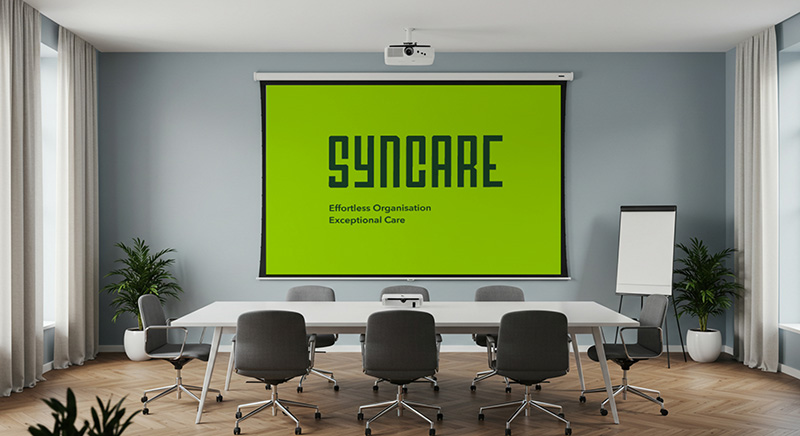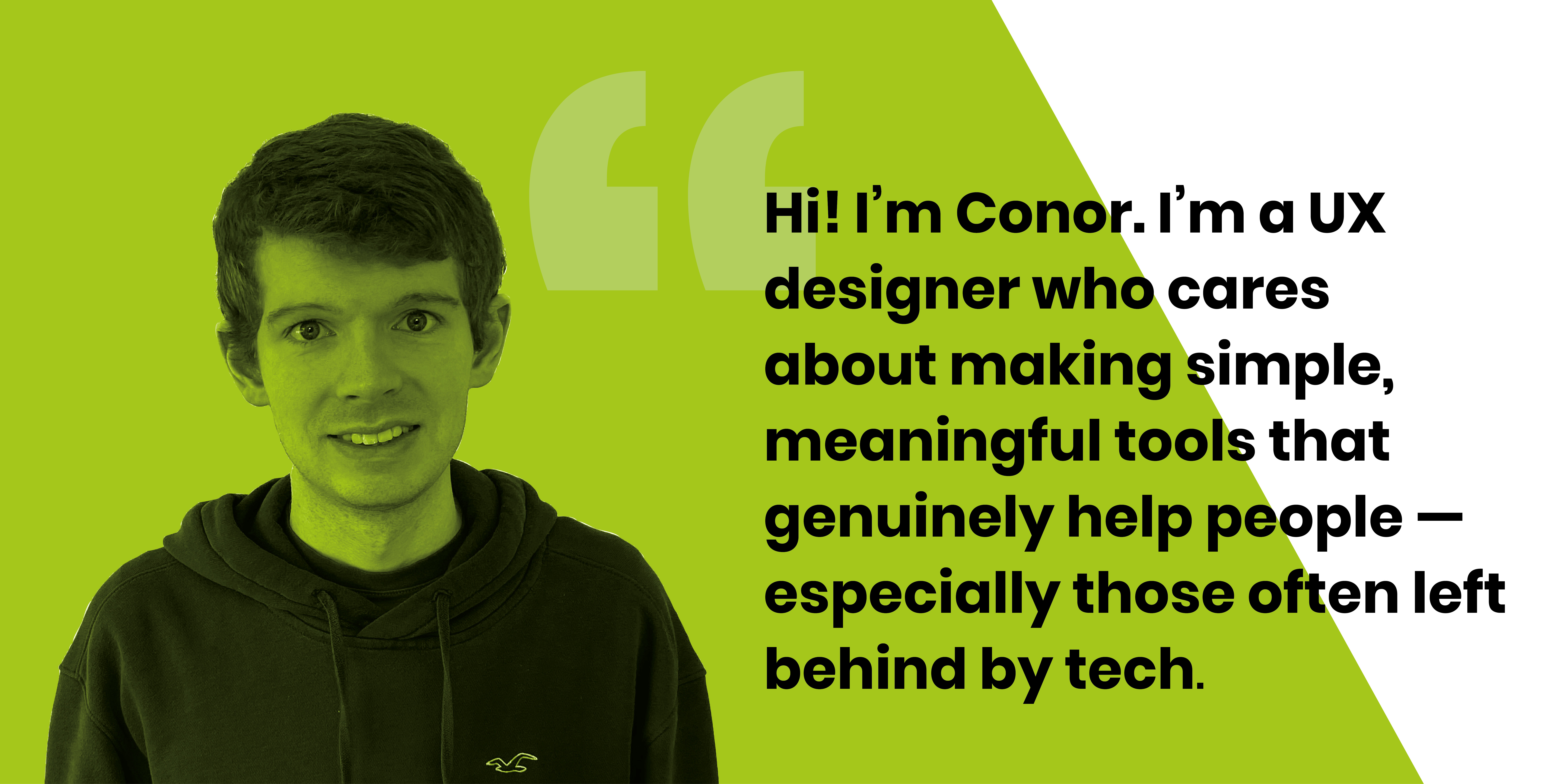

"Hi, I’m Conor Barton, a UX designer with a strong focus on creating thoughtful and accessible digital experiences. I’m passionate about designing simple, clear solutions that solve real-world problems and make a genuine difference in people’s lives.
I enjoy working on projects with social impact—like my recent app Syncare, which supports frontline carers. I’m always looking to learn, improve, and create work that helps make everyday tasks easier for those who need it most.

Domiciliary carers play a vital role in frontline healthcare, yet they’re often left behind when it comes to the support and structure that digital tools can offer. Many rely on handwritten notes, scattered communication, and informal rota updates—systems that can lead to confusion, stress, and inefficiencies in care.
Syncare is a response to this overlooked gap. I aimed to improve the daily experience of carers by designing a digital platform that streamlines core tasks like accessing care plans, managing timetables, and contacting colleagues or support teams. While no single app can fix all the challenges within care work, Syncare introduces incremental improvements by focusing on usability, accessibility, and real-world needs—making a difference where it matters most.
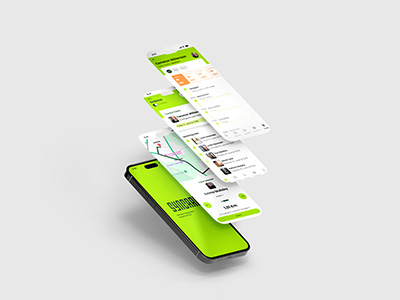

The idea for Syncare came from a personal place. Growing up around domiciliary care, I saw firsthand how carers like my mum relied on handwritten diaries and informal calls for rota updates—methods that were outdated and easy to get wrong. I wanted to challenge myself to design a product that genuinely supported carers through accessible, focused digital tools.
Instead of aiming for flashy features, I focused on empathy and simplicity. Syncare needed to be easy to use, clear, and built around the realities of carers’ daily routines. I spoke with carers, including my mum and her colleagues, and realised that small improvements—like clearly laid-out care plans or being able to request help—could have a real impact.
I took a user-centered, iterative approach throughout the project, using methods such as:
A key turning point was during tutorials with my lecturer, where we agreed the Request Help feature should be a core part of the app. This led to a clearer direction, including a visible toggle for availability and thoughtful interactions around receiving and responding to requests.
There were plenty of challenges—like figuring out map routing or stopping animation loops—but I overcame them through independent research and by asking for help from peers and lecturers. I learned that it’s okay not to know everything; asking questions is how you grow.
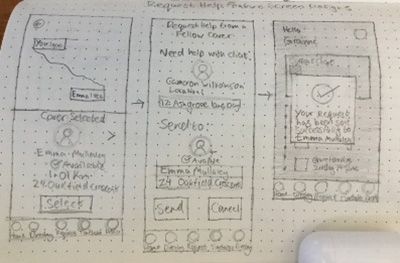


Creating Syncare has been one of the most rewarding experiences I’ve had. It’s not just an app—it’s a tool that shows real care for carers, a group often overlooked when it comes to tech. That’s what made building it so worthwhile.
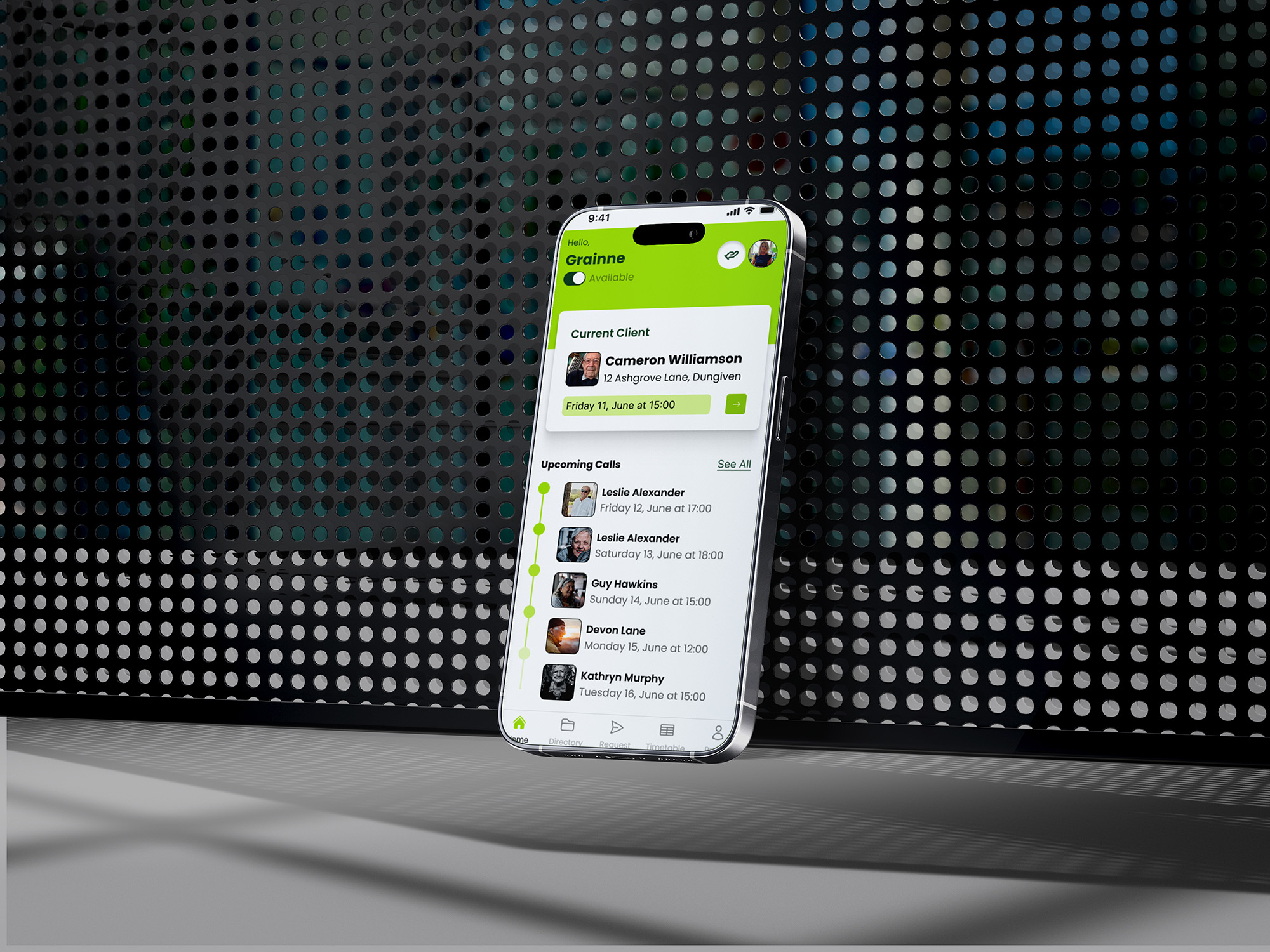
The final outcome of Syncare is something I’m genuinely proud of. What began as a simple idea inspired by my mum’s work as a carer turned into a high-fidelity prototype that addresses real gaps in the care system. Features like rota access, care plans, and the help request system were all designed with carers' needs at the core.
Despite not having a coding background, I was able to build something visually strong, practical, and user-focused. The feedback from carers and tutors reassured me that Syncare isn’t just functional—it has real social value. It’s shown me the kind of designer I want to be: someone who creates work that genuinely helps people.
